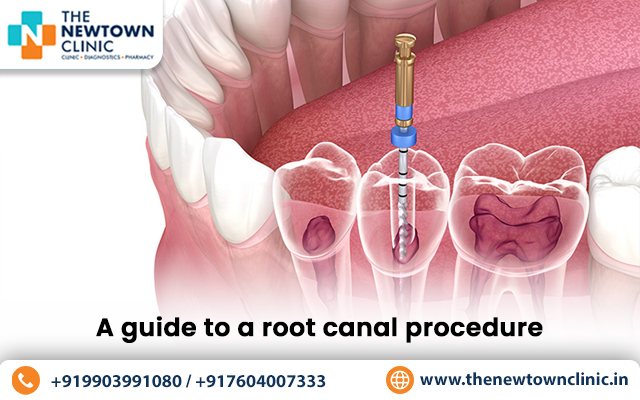When a cavity is neglected over a prolonged period of time, oral bacteria form and develop into an infection. The significance of this treatment is to relieve pain from an abscessed or infected tooth. It is usually done to avoid tooth extraction and a need for replacement. Furthermore, it prevents the infection from spreading to other teeth and damaging them. If the extent of damage is very severe then an extraction may be necessary. The best dental surgeon in Newtown recommends a standard dental treatment that addresses problems pertaining to the interior of a tooth, especially if the pulp is infected or inflamed, known as a root canal.
Procedure
Here is a step-by-step guide explaining what usually happens in a root canal procedure:
Assessment
Prior to the root canal procedure, a thorough examination of the tooth is conducted in order to assess the level of damage and determine the necessity of a root canal.
Anaesthesia
To avoid discomfort during the root canal procedure, a local anaesthetic is administered to numb the area that is affected. This is done to eliminate any feeling of pain during the process.
Isolation
A rubber or dental dam is placed around the affected tooth to isolate it from oral fluids and saliva. This helps in the maintenance of sterility and prevents tooth contamination in the process.
Access opening
A small access hole is drilled into the top part of the tooth to access the pulp chamber and root canals.
Cleaning
From the root canal, the dentist removes the infected or damaged pulp. Moreover, the canal’s interior is cleaned and shaped to eliminate bacteria and debris.
Irrigation
A disinfectant is used to flush the canals thoroughly of any remaining pulp to eliminate any bacterial remains and clean the infection. This is an essential part of root canal treatment.
Medication
In some instances, medication is placed in the canals to prevent infection from occurring again and spreading to other teeth.
Filling
After the canals are dried and cleaned, a biocompatible material is used to seal them and prevent the re-entry of bacteria that may cause further infection.
Restoration
Post the root canal procedure, a crown is placed on the top of the tooth to ensure protection and strength.
Conclusion
The root canal procedure is an important dental treatment that aims at preserving the tooth compromised by a bacterial infection or severe decay. It alleviates pain associated with the infection and preserves the natural tooth structure. The best dental surgeon in Newtown performs root canal procedures using advanced equipment and techniques, ensuring teeth protection.

